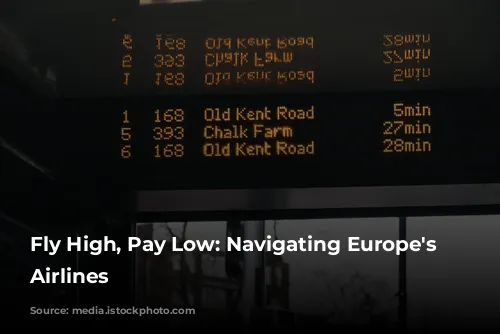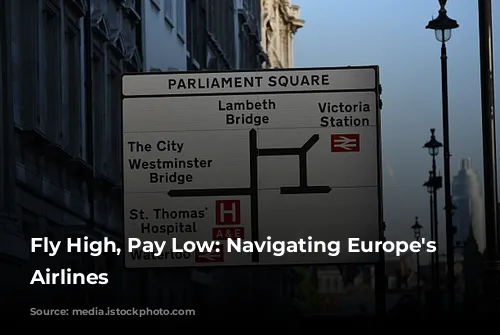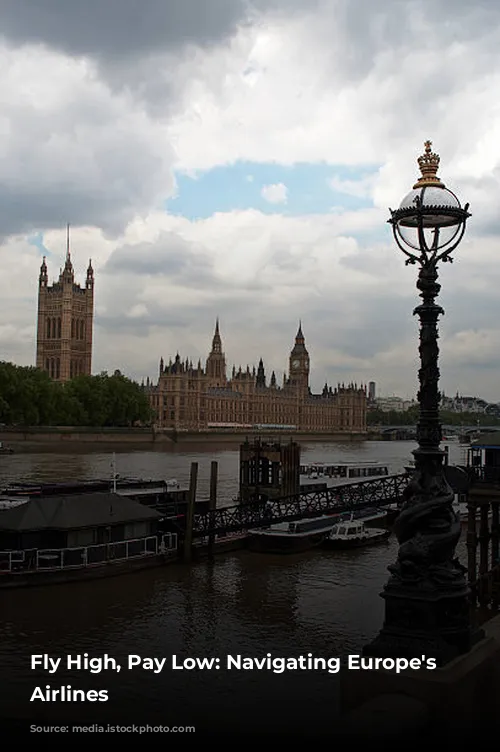Traveling through Europe has become a breeze thanks to the abundance of low-cost airlines. Forget about the days of expensive train tickets, because now you can hop between European cities for a fraction of the price, sometimes for as little as $50! This has opened up Europe to budget travelers, allowing them to explore more destinations without breaking the bank.
Before you book a train or bus ticket, always check the cost of a flight. You might be surprised at how affordable flying can be, especially when you pack light.
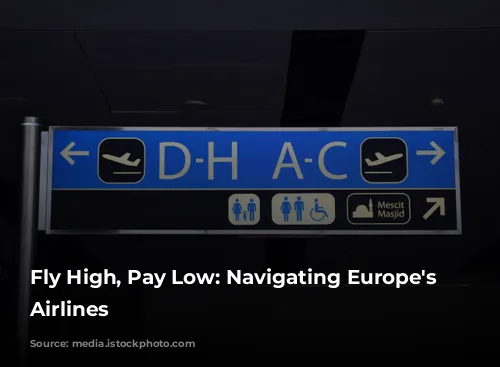
Environmental Impact
While flying on a budget is great for your wallet, it’s important to consider the environmental impact. Flights, particularly short-haul ones, have a significant carbon footprint. Trains are generally a more eco-friendly option for traveling within Europe.
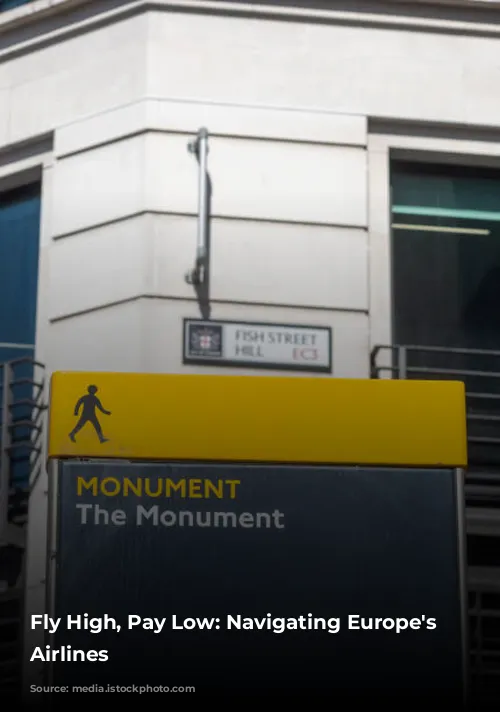
The Rise of Budget Airlines
Europe’s airline industry took off in the 1990s when regulations were relaxed. This gave rise to a flock of budget airlines, like EasyJet and Ryanair, that revolutionized the way people travel. These airlines offer no-frills flights to a wide range of destinations, often competing with traditional airlines on route maps.
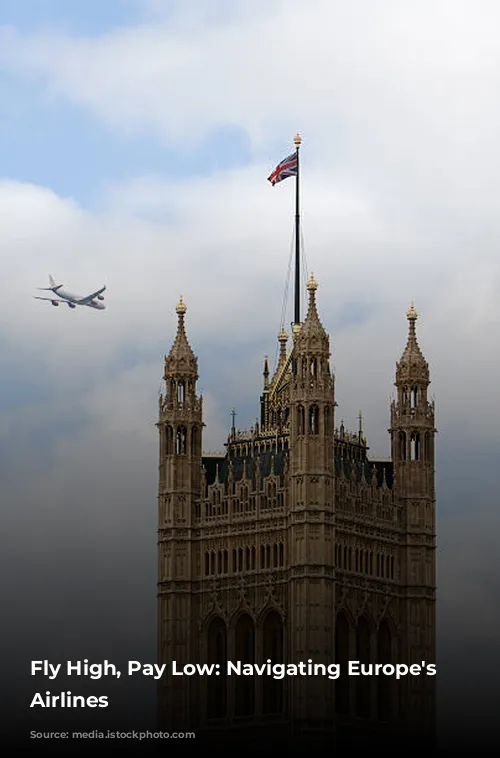
Finding the Best Deals
Budget airlines typically offer flights between major European cities for $50 to $250. You can also find affordable flights on major airlines, offering a more comfortable experience without the restrictions. Keep an eye out for incredible deals – some budget airlines offer flights for as little as $30! Even with taxes and additional fees for baggage and seat selection, these flights remain a great value.
To snag the best deals, book your flights well in advance. The cheapest seats sell out quickly, but don’t be discouraged – keep an eye out for surprise sales! And remember to pay baggage fees when you book your ticket – it’s cheaper than paying at the airport.
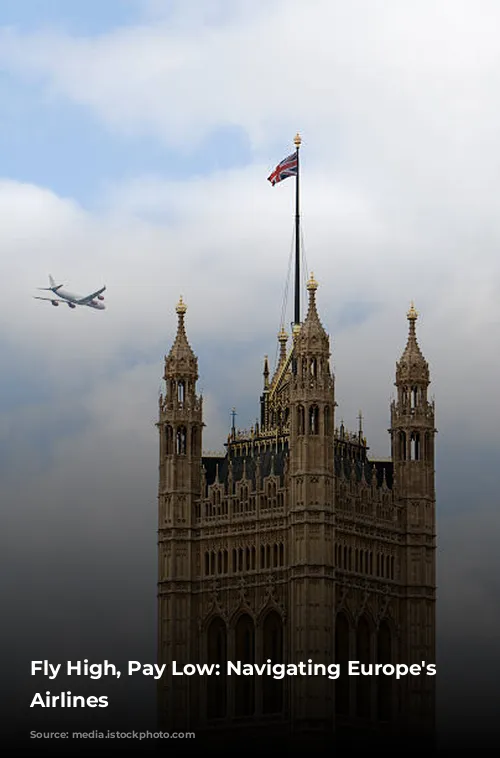
Connecting Flights
You can save even more money by connecting one-way budget flights. This could involve using the same or different airlines to reach your final destination. However, remember to allow ample time for connections. You’re responsible for making your own connections, so if you miss a flight due to delays, you’ll be on your own.
Pay attention to the terminals used by different airlines. Budget airlines often operate out of different terminals than traditional airlines, requiring extra time to travel between them. If you’re using a budget airline for a connecting flight to the United States, build in extra time for delays and consider an overnight stay to ensure you make your international flight.
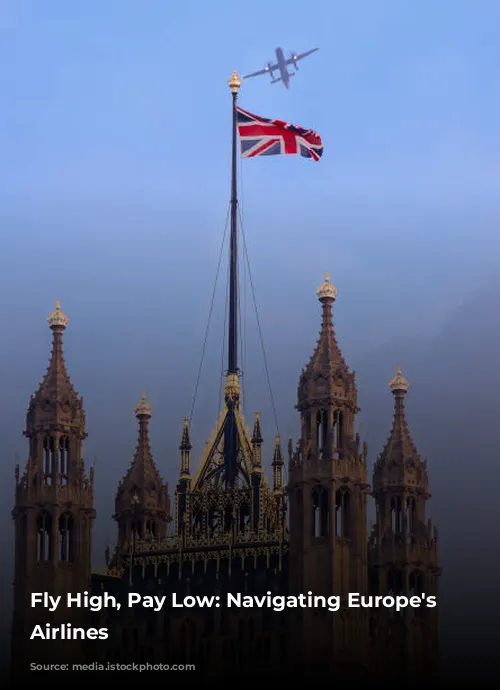
Creative Itinerary Planning
Smart travelers use budget airlines to create exciting itineraries. If there isn’t a direct cheap flight to your desired destination, consider flying to a nearby city and taking a train or bus. Many flight search websites offer a “nearby airports” option, expanding your search and potentially saving you money.
It’s also a good idea to check airlines that use your starting point or your ending point as a hub. For example, if you’re flying from Budapest to Oslo, check out Wizz Air (with a hub in Budapest) and Norwegian (with a hub in Oslo).

Finding the Right Flight Search Engine
Skyscanner is a great starting point for finding budget flights in Europe. This straightforward website specializes in European budget airlines and provides a clear overview of your options. They also include major nonbudget airlines.
Kiwi is another helpful European flight search engine. It allows you to easily include baggage fees and compare flights to bus and train options.
Other websites worth checking out include Kayak and Momondo. Momondo is particularly useful for finding the cheapest fares around your travel dates and includes nearby airports in search results.
When using any search engine, make sure you double-check the airport listed for each flight.

Understanding the Fine Print
Remember that budget airline tickets are often nonrefundable and nonchangeable. Many airlines only accept online bookings, which can make it difficult to contact customer service if you encounter issues. Be sure to read the fine print carefully before booking to avoid any surprises.
Budget airlines frequently operate on tight schedules, so delays can have a significant impact. They also have strict deadlines, so make sure you arrive at the check-in desk on time. Also, be aware that budget airlines may unexpectedly go out of business or cancel routes with low demand, leaving you scrambling to find alternative travel arrangements.
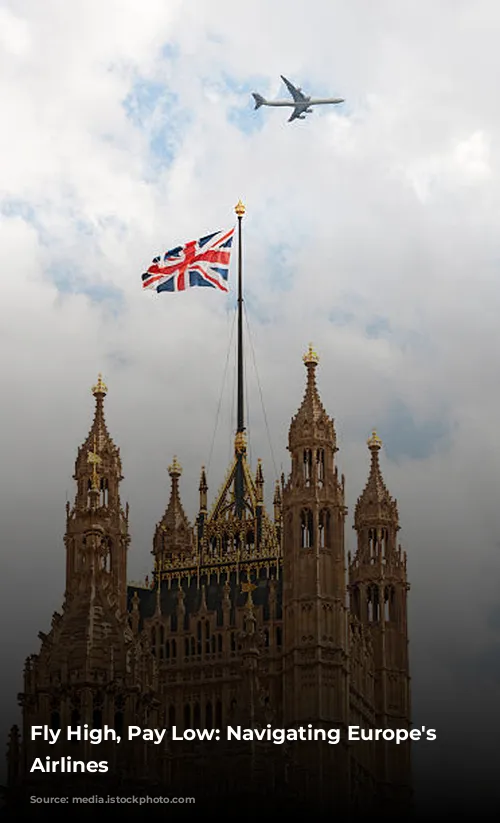
Fees and Add-ons
Budget airlines make money through fees and add-ons. You’ll likely see ads throughout the booking process, on board the plane, and even in your email inbox. Food and drinks are often overpriced and not included in the ticket price.
Be aware of additional fees, which can add up quickly. These can include seat selection, priority boarding, and baggage fees. To save money, pay for baggage fees when you book your ticket, as prices increase closer to your departure date.
Pay close attention to baggage allowances and restrictions. Budget airlines often have smaller carry-on dimensions than other carriers, so make sure your bag meets their requirements.

Hidden Airports
Another potential inconvenience is that budget airlines sometimes use less known airports. This can add time and money to your journey, as you may need to take a train or bus to reach your final destination. For example, Ryanair operates out of Stansted Airport in London, which is located far from the city center.
Remember that sometimes flights advertised as going to a specific city may actually take you to a nearby airport in a different country. While these airports are perfectly functional, they can add extra travel time and expense. However, the savings you get on flights often more than make up for the extra travel.

Finding Your Budget Airline
There are countless budget airlines operating throughout Europe, each with its own set of hubs and routes. Check out Skyscanner or search online for “cheap flights” to find the best deals for your specific travel plans. Keep in mind that new airlines are constantly emerging, while others are going out of business.
By being aware of the nuances of flying with budget airlines, you can take advantage of their affordability to explore Europe without breaking the bank. Just remember to do your research, read the fine print, and be prepared for potential hiccups along the way.
